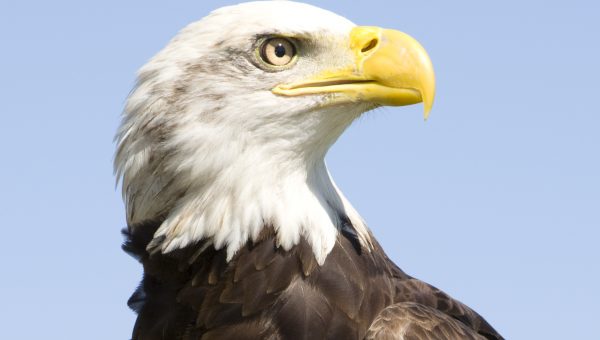Eagle Conservation Plans
Home » Our Services » Environmental Permitting » Eagle Conservation Plans
Utilizing state-of-the-art methods and analyses, WEST has developed reasonable, practical, and, when necessary, sophisticated risk assessments for eagles that can include habitat modeling and take estimation. WEST has successfully designed avoidance and minimization measures at operating facilities, developed mitigation strategies to support Eagle Conservation Plans (ECPs), and developed Resource Equivalency Analysis to quantify necessary mitigation.
In addition to our team’s strong background in wind energy projects, we have participated in the National Environmental Policy Act process associated with ECPs as a sole consultant, an interdisciplinary team leader, and team member for projects that require the US Fish Wildlife Service to consider the potential environmental impacts associated with the actions and alternatives under the National Environmental Policy Act, including Environmental Assessments.
Our team has experience with all aspects of the ECP process and has developed or is currently developing ECPs for over 80 renewable energy projects in the US. In coordination with the USFWS and the Bureau of Land Management, WEST developed one of the first publicly available ECPs, the Ocotillo Express Wind Energy Facility ECP (finalized in February of 2012). WEST is also a leader in the design and analysis associated with eagle fatality monitoring and applying the monitoring results to the USFWS’ eagle collision risk model. Our statisticians and biometricians possess a thorough understanding of the USFWS eagle collision risk model, including the underlying mechanisms and assumptions.
Publications
Developing an efficient protocol for monitoring eagle fatalities at wind energy facilities
Eric C. Hallingstad, Paul A. Rabie, Andrew C. Telander, J. A. Roppe, and L. R. Nagy
2018
Predicting Eagle Fatalities at Wind Facilities
Kimberly Bay, Kristen Nasman, Wallace P. Erickson, Kenton Taylor, and Karl Kosciuch
2016
A Survey of Golden Eagles (Aquila chrysaetos) in the Western U.S.: Mid-Winter 2015
R. M. Nielson, Guy DiDonato, Lindsay McManus, and Lyman L. McDonald
2015
Daytime Habitat Selection by Resident Golden Eagles (Aquila chrysaetos) in Southern Idaho, U.S.A.
Chad W. LeBeau, R. M. Nielson, Eric C. Hallingstad, and David P. Young, Jr.
2014

